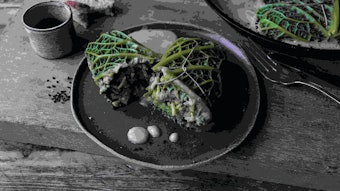The relative intensity of individual chemical odorants and flavorants is a subject that daily confronts those involved in the creation of fragrances and flavors. The actual measurement of such intensities has largely heen restricted to the determination of “threshold values of detection.” This is the value determined by panelists (usually a minimum panel of sixteen or more) at which the odor or flavor of a “pure” odorant can be detected. The measurement of threshold values is dependent on a number of factors: (a) experimental methodology, (b) screening of panelists for specific anosmia, (c) experience of panelists, (d) purity of odor/flavor chemical, and (e) sex and age makeup of panel and (f) the media in which the odorant is evaluated.
Addressing these points, one should be aware that various published values for detection thresholds--even reported from the same group of workers--do not always agree exactly.
Regarding methodology, suffice it to say there are several generally accepted methods--e.g., the procedure described by Guadagni and Buttery, the procedure of Amoore and others. A case in point regarding the effect of methodology on an odorant threshold determination is the example of Damascenone reported in 1978 by Ohloff on the components of Bulgarian Rose Oil.










